In my opinion, the Gemsbok (Oryx gazella) is one of the world’s most handsome antelope species. It is built like a horse, striped like a race car, has two incredibly long sharp horns like the one on a unicorn’s head, and its face is painted with a stunning black and white pattern. But its appearance is not the only thing that makes this creature special.
The Gemsbok (also known as an Oryx) boasts a suite of impressive adaptations that allow it to live in some of the driest places on earth, specifically the Kalahari and Namib Deserts of Southern Africa. Read on to learn four fascinating facts about the Gemsbok.
1) We Don’t Need No Water…
The gemsbok is one of the most perfectly desert-adapted large mammals. It is capable of subsisting in waterless landscapes where few other ungulates can survive. This allows the gemsbok to utilize habitat that other grazers can only use during the rainy season.
Morphologically, gemsbok are adapted to graze on short dry grasses. Their short faces with broad, high-crowned molars, wide incisor row, and narrow gape are specially designed for it. In dry spells, when grass is absent, they will turn to browsing for thick leaves which have a higher moisture content. This is quite unusual among ungulates to be both a grazer (grass-eater) and a browser (leaf & twig-eater).
Gemsbok need 3 liters of water per 100 kg of body weight per day. But the gemsbok’s great trick is that it doesn’t necessarily have to acquire this water by drinking. It is especially adept at extracting the moisture found in different fruits like cucumbers and wild melons, and in thick leaves. Juicy roots, tubers and bulbs are also a source of moisture which gemsbok dig out of the ground. And to top it off, they tend to graze in early morning or late evening when the grasses have the highest moisture content collected from dew. (Some plants increase their water content by 25 to 40 percent during these hours.)
When deprived of drinking water, the gemsbok minimizes water needs by:
- the ability to raise body temperature from 35.7C to 45C before beginning evaporative cooling (by sweating and nasal panting). That’s 113 degrees fahrenheit, which would be a deadly fever to us humans.
- their ability to reuse the moisture in their waste. They concentrate their urine and absorb all the moisture from their feces to reuse it.
- avoiding the midday sun. They seek shade or even make their own shade by digging a shallow hole in the sand to reach the cooler sand below.
2) Dude Looks Like a Lady
Male and female gemsbok present very low sexual dimorphism (physical difference between males and females) and are almost identical in appearance. This is most notable in the fact that both males and females have horns, though the male’s are a little bit shorter and thicker. Gemsbok are thought to have evolved this reduced sexual dimorphism to facilitate longer acceptance of juvenile males by the older territorial males. This has allowed them to better survive in vast empty spaces where finding mates can be a serious challenge.
3) Ladies and Gentlemen
The social structure of the gemsbok sets them apart from most other antelope species. Other antelopes in the area, like springboks, employ a harem system where one dominant breeding male controls a group of females and young, and bachelor males form separate herds of their own. Gemsbok, on the other hand, form mixed herds of both males and females. The male rank within these groups is maintained with sparring contests that may escalate into fights. These fights are most likely to start due to competition for resources, such as a female in estrus or a water hole.
We took this is a video of Gemsbok fighting in the Kalahari, South Africa.
Territorial males mark their territory with dung deposits in extreme crouch defecation. This crouching makes the defecation act a striking visual display of social status.
4) Hiding the Newborns
Gemsbok cows isolate themselves from the herd before calving. After giving birth, a mother gemsbok hides her calf for about 3 to 6 weeks. This is quite different from most antelope species whose young travel with the herd almost immediately. The gemsbok mother remains within sight of her concealed offspring and visits them a few times a day to nurse. Newborn gemsboks are colored in an inconspicuous brown, blending with their environment. Their black and white face marking won’t appear until it is ready to join the herd with the mother. It will continue suckling until it is 6 to 9 months old.
Where to see Gemsbok
Want to see Gemsbok in the wild? Our favorite place is the Kgalagadi Transfrontier Park in South Africa and Botswana.
These are a few reasons why the Gemsbok is the king of the Kalahari antelopes. Can you think of any more reasons that set them apart? Let us know in the comments below!
Enjoy this article? Pin this image!
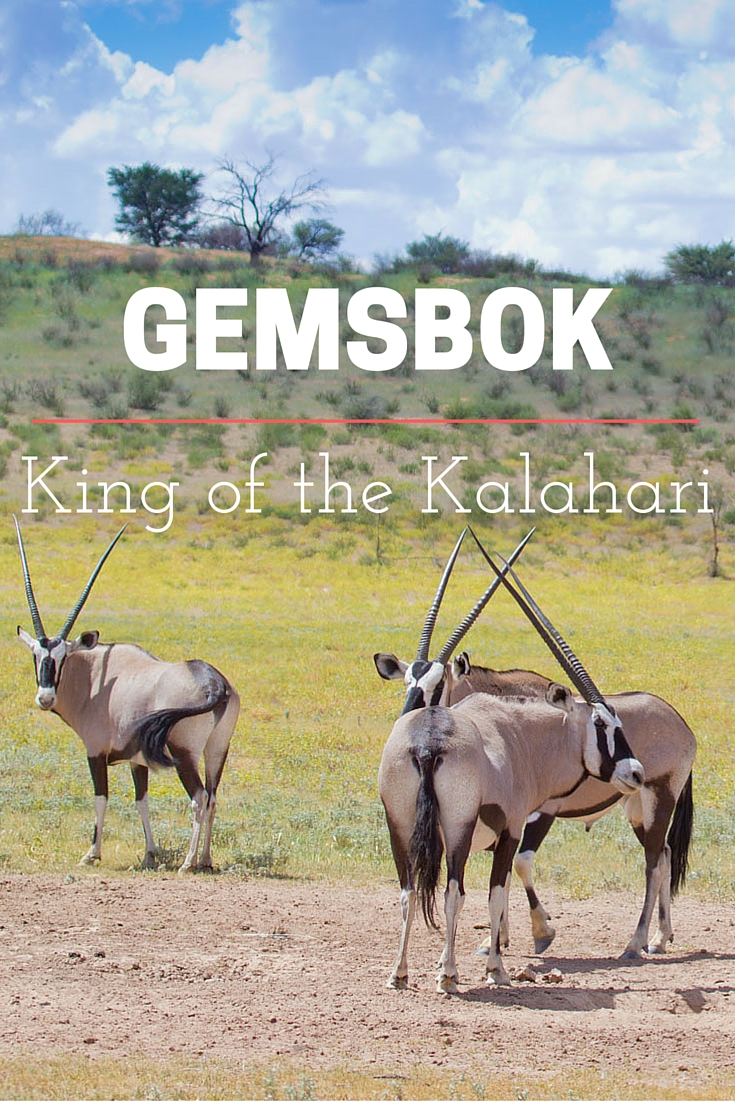

Cristina Garcia
Zoologist and wildlife photographer. She has worked in the field with jackals, wolves, cheetahs, & leopards. She serves on the Board of Directors of SEE Turtles, a non-profit sea turtle conservation organization.
Read her posts at Travel For Wildlife and see more of her work at Truly Wild, & Our Wild Yard.

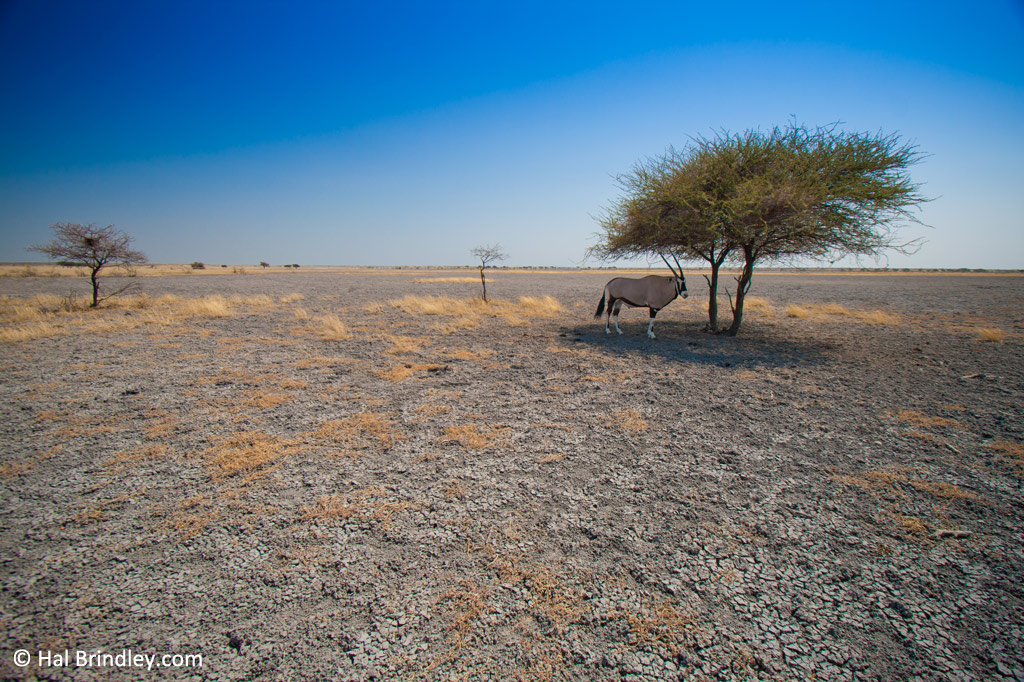
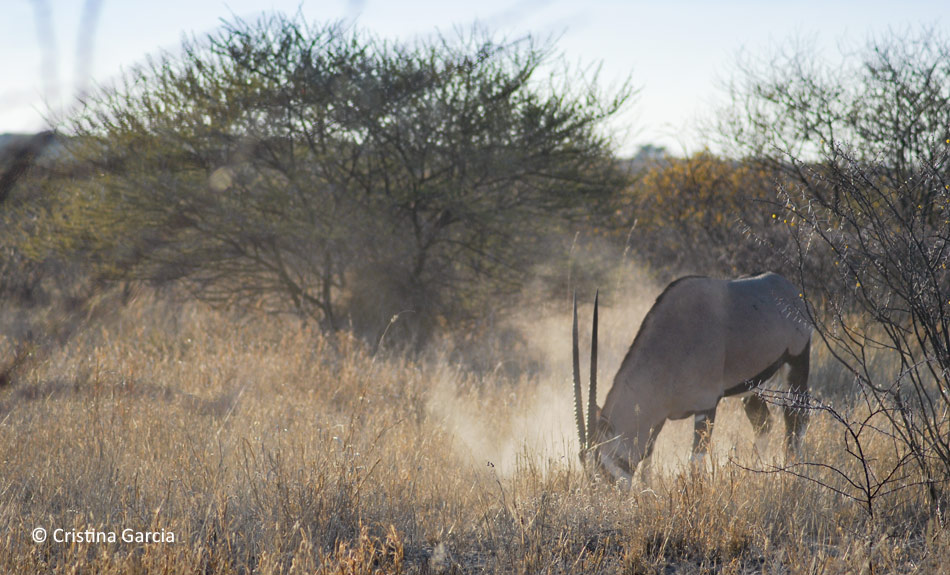
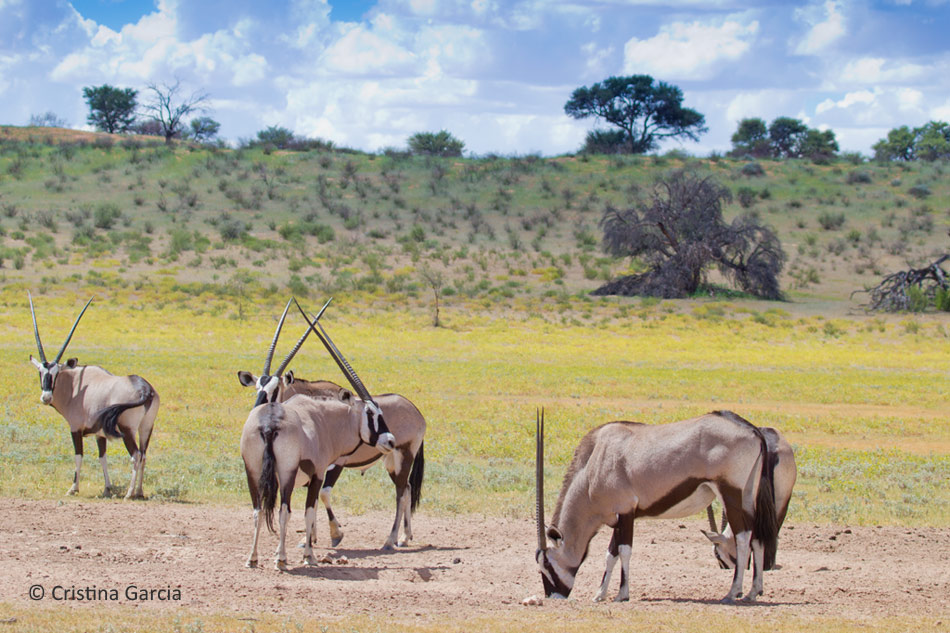
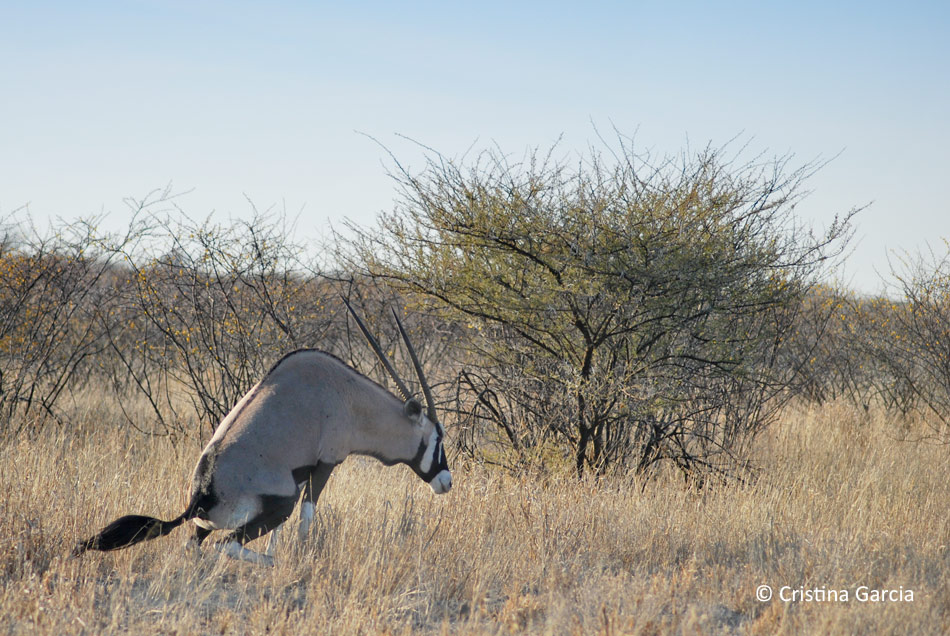
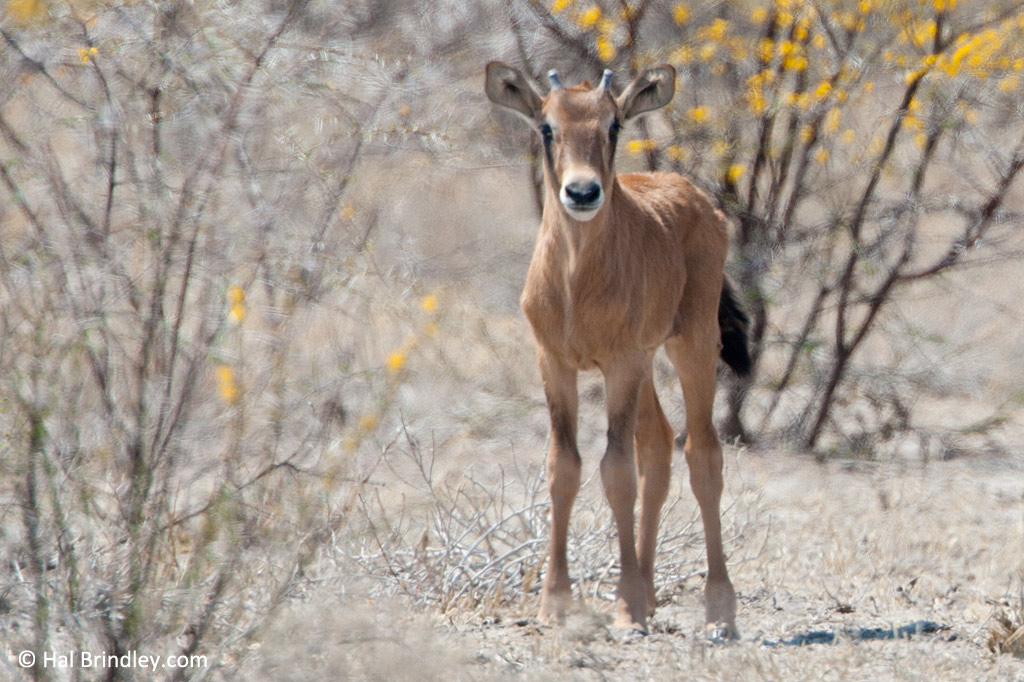
Notah
Tuesday 23rd of March 2021
If you live in the United States a erson can see them in south central New Mexico where their are wild populations on public and private lands surrounding White Sands Missle Range.
cristina garcia
Thursday 12th of March 2020
I have really no idea :)
Pearline
Monday 5th of September 2016
Everything is very open with a very clear description of the challenges. It was definitely informative. Your website is very helpful. Thanks for sharing!
beryl christodoulou
Thursday 20th of February 2014
Hi theres a 6mnths male hand raised one for sale as well as a female - to feed this beautiful Gemsbok by hand is an experience to anyone.
Vernon
Thursday 19th of December 2013
I completely agree that the Gemsbok is wonderfully fascinating. I spent many years working on NamibRand Nature Reserve (near Sossusvlei), and we interacted with Oryx on a daily basis.
It would certainly be interesting to write a book about these creatures, but I think for now many of the 'facts' frequently touted by guides are not scientific facts, and there remains a lot to learn about these creatures.
Cristina Garcia
Thursday 19th of December 2013
I agree! This is why we always have our African wildlife books with us. There is so much to learn...